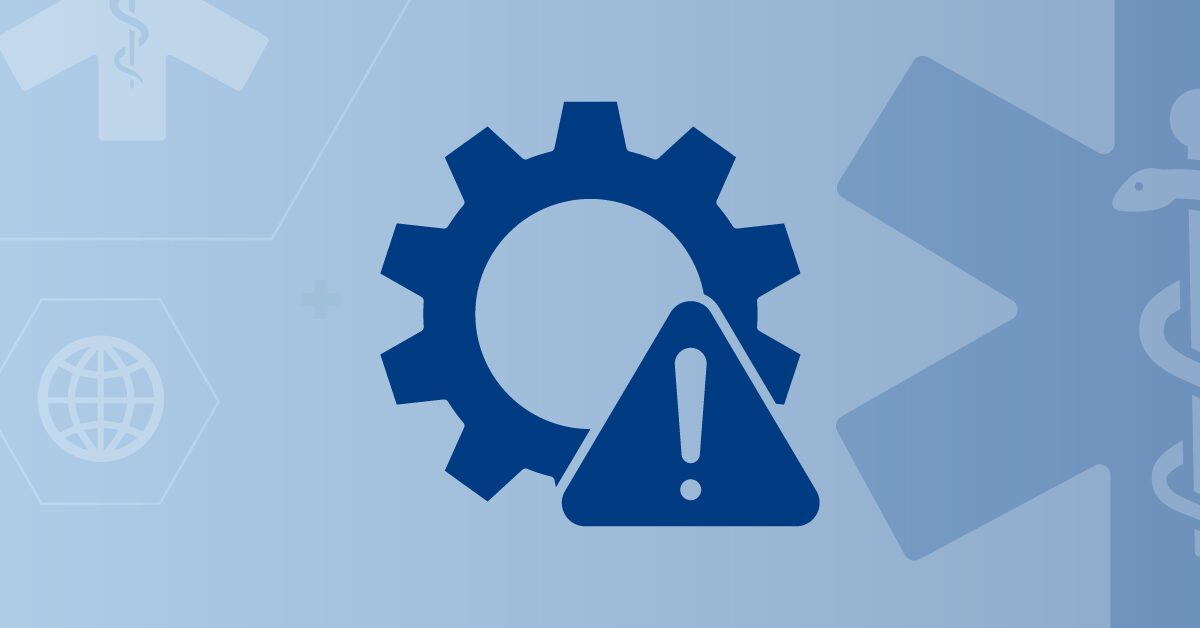As spring and early summer roll around, it’s common for Osage to get an influx of calls about HVAC systems. Because of their many parts, pieces, and purposes, HVAC troubleshooting can sometimes be frustrating.
So, we created this multi-post series to help you identify and remedy many HVAC ailments. First Up: The Basics. Whether you’re doing a routine system check or you’ve noticed new noises, leaks, or system performance, start here for simple and effective fixes to the most common HVAC issues.
Hearing a noise near your drive belt?
A loose or worn drive belt can cause a variety of squeaking or slapping noises. If this is the case, try checking and adjusting the drive belt tension.
If your drive belt is significantly worn, it may be time to replace it.
Sounds emitting from the compressor area?
Sounds related to the compressor could be coming from the compressor itself or the bracket that holds it in place. If you hear a rattling, check both for loose bolts and tighten them as needed.
If it sounds more like a hiss or moving air, there may be internal wear or suction/discharge valve damage. Start by replacing the offending valves. If the issue persists, it’s best to have a technician examine your compressor.
Got a dirty condenser?
Mud or dirt on your condenser can drastically hinder heat radiation and cooling performance. Carefully remove any debris to allow air to move more freely. Be mindful not to scratch or bend the condenser fins in the process.
If your condenser is clean but you’re still experiencing output issues, take a closer look at the fans. Are they operating correctly? Check the power to the fan motors, wire harness, and relays to ensure condenser fans are running as designed.
Note: Systems must have a minimum of 30 PSI to close the lower pressure switch.
Seeing oil or refrigerant out of place?
Oil contamination of the pipe unions or the compressor is a sign that refrigerant is leaking together with compressor oil.
If you find oil contamination, you can use a leak detector to check for leaks and replace any faulty parts as needed. Make sure to examine the compressor, manifold, seal washers, shaft seal, and pressure switches.
Noisy blower motor?
Your blower motor should make very little to no noise. If your blower motor is noticeably louder or does not work properly, disassemble the fan motor and repair or replace and necessary parts.
That’s It…. For Now
While this guide doesn’t cover everything that may go wrong with your ambulance’s HVAC, it’s a good place to start for routine checks or quickly troubleshooting the most common HVAC issues we see. Stay tuned for more specialized recommendations in the posts to come!
Need Help Now?
We’re here for you! Simply contact us or your dealer, and our helpful staff will do their very best to point you in the right direction.

